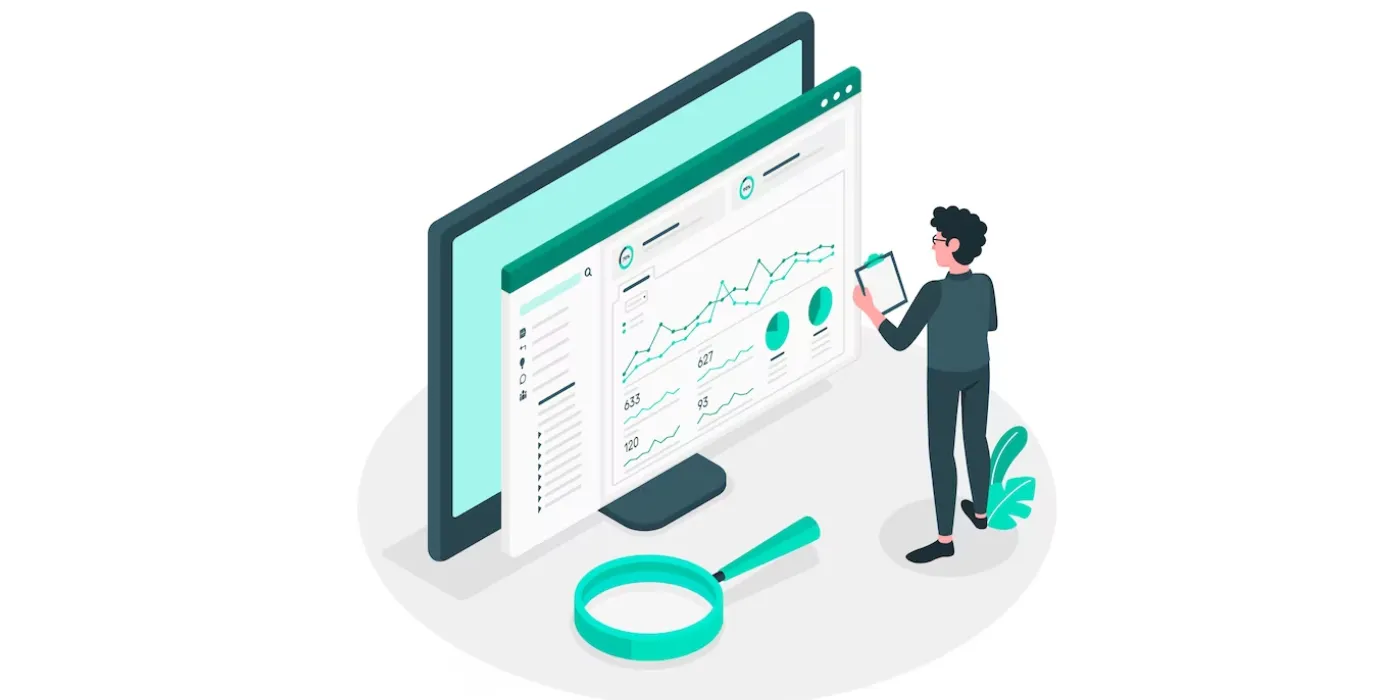In today’s digital world, having a reliable and high-performing REST API Uptime is crucial for the success of any web application or service. However, ensuring seamless uptime can be a challenge. This blog post will provide a comprehensive guide to maintaining a robust REST API with minimal downtime, focusing on practical tips and strategies.
Understanding REST API Uptime

What is a REST API?
REST (Representational State Transfer) API is an architectural style for designing networked applications. It allows different software systems to communicate with each other via HTTP protocols. REST APIs are widely used for building web services and applications that require data exchange and integration between various platforms.
Importance of Uptime
Uptime refers to the period during which a REST API is available and functioning properly. Maximizing uptime is crucial because any downtime can lead to a loss of revenue, user frustration, and damage to the reputation of your application or service. Ensuring seamless uptime is essential for providing a positive user experience and maintaining customer satisfaction.
Strategies for Seamless REST API Uptime
1. Scalability and Load Balancing
To handle increasing traffic and avoid performance bottlenecks, it’s important to design your REST API with scalability in mind. Implementing load balancing techniques allows distributing incoming requests across multiple servers, preventing overload and ensuring optimal performance even during peak usage periods.
2. Redundancy and Failover Mechanisms
Building redundancy into your infrastructure is crucial for minimizing downtime. By deploying multiple servers in different geographical locations and implementing failover mechanisms, you can ensure that if one server fails, another takes over seamlessly. This redundancy helps to maintain uninterrupted service and prevents single points of failure.
3. Effective Monitoring and Alerting
Constantly monitoring your REST API’s performance and health is essential for proactive maintenance. Implementing a robust monitoring system that tracks key metrics, such as response time, CPU usage, and error rates, allows you to identify potential issues before they become critical. Set up alerts to notify you promptly when any anomalies or performance degradation are detected.
4. Thorough Testing and Version Control
Regular and comprehensive testing is vital to identify and fix any potential issues before they impact your API’s uptime. Implementing automated testing procedures, including functional, load, and stress testing, helps ensure the stability and reliability of your REST API. Additionally, using version control systems enables smooth rollbacks in case any updates or changes introduce unexpected problems.
5. Security Measures
Maintaining a secure REST API is crucial for protecting sensitive data and preventing unauthorized access or attacks. Implementing robust authentication and authorization mechanisms, such as API keys, OAuth, or JSON Web Tokens (JWT), helps ensure that only authorized users can access your API. Regularly updating security patches and following industry best practices for secure coding are also essential.
6. Documentation and Communication
Providing comprehensive and up-to-date documentation for your REST API is crucial for developers who integrate with your service. Clear documentation helps developers understand how to make correct API calls, handle errors, and troubleshoot any issues effectively. Additionally, establishing clear communication channels, such as developer support forums or email, allows users to report any problems promptly.
To make use of it, you must first:
- Go to Uptimeapicloud and simply click on the button “Start monitoring with 30-day Free Trial” to start using the API.
- After signing up in Uptimeapicloud, you’ll be given your personal Trail. Click on the Monitors option.
- Click on the New Monitor button and add the API details with the API name and URL.
- Once you are done, make the API call by pressing the button “Create” and see the results on your screen.
Conclusion
Maintaining a seamless REST API uptime is a critical aspect of delivering a reliable and high-performing web application or service. By following the strategies outlined in this guide, including scalability, redundancy, monitoring, testing, security, and effective communication, you can ensure that your REST API remains available and performs optimally, providing a positive user experience and contributing to the success of your application.
Read More: Choose Uptimeapi for Reliable API Uptime Monitoring

